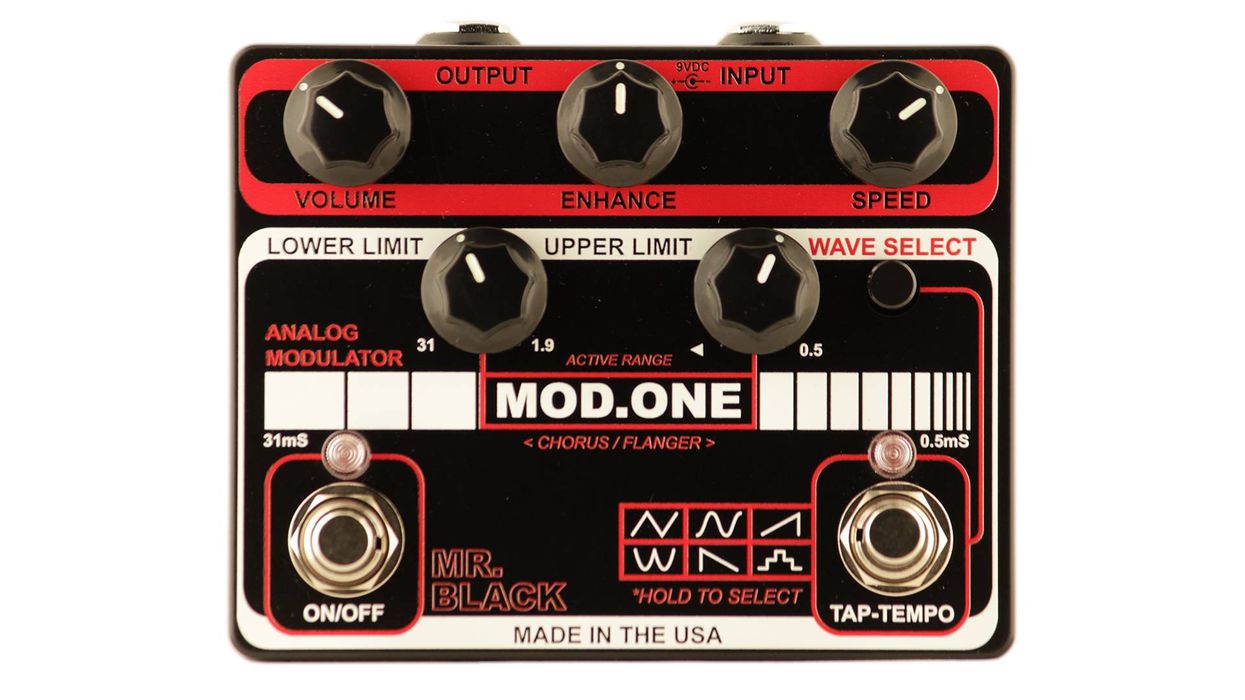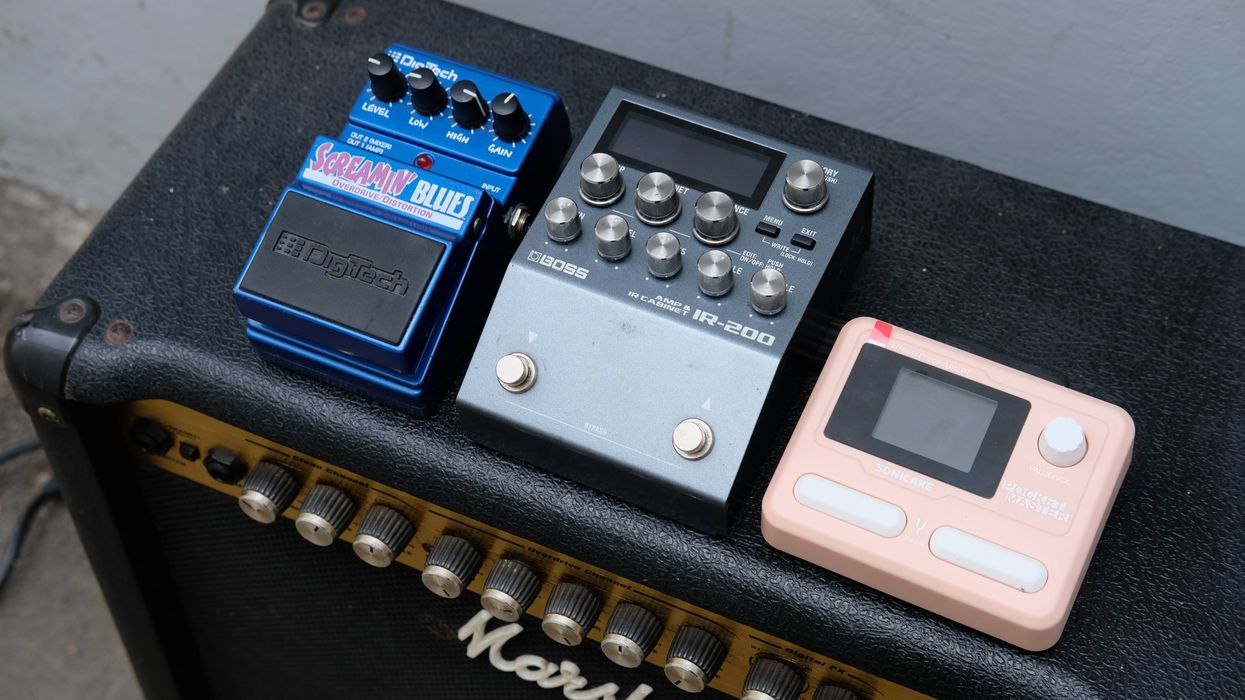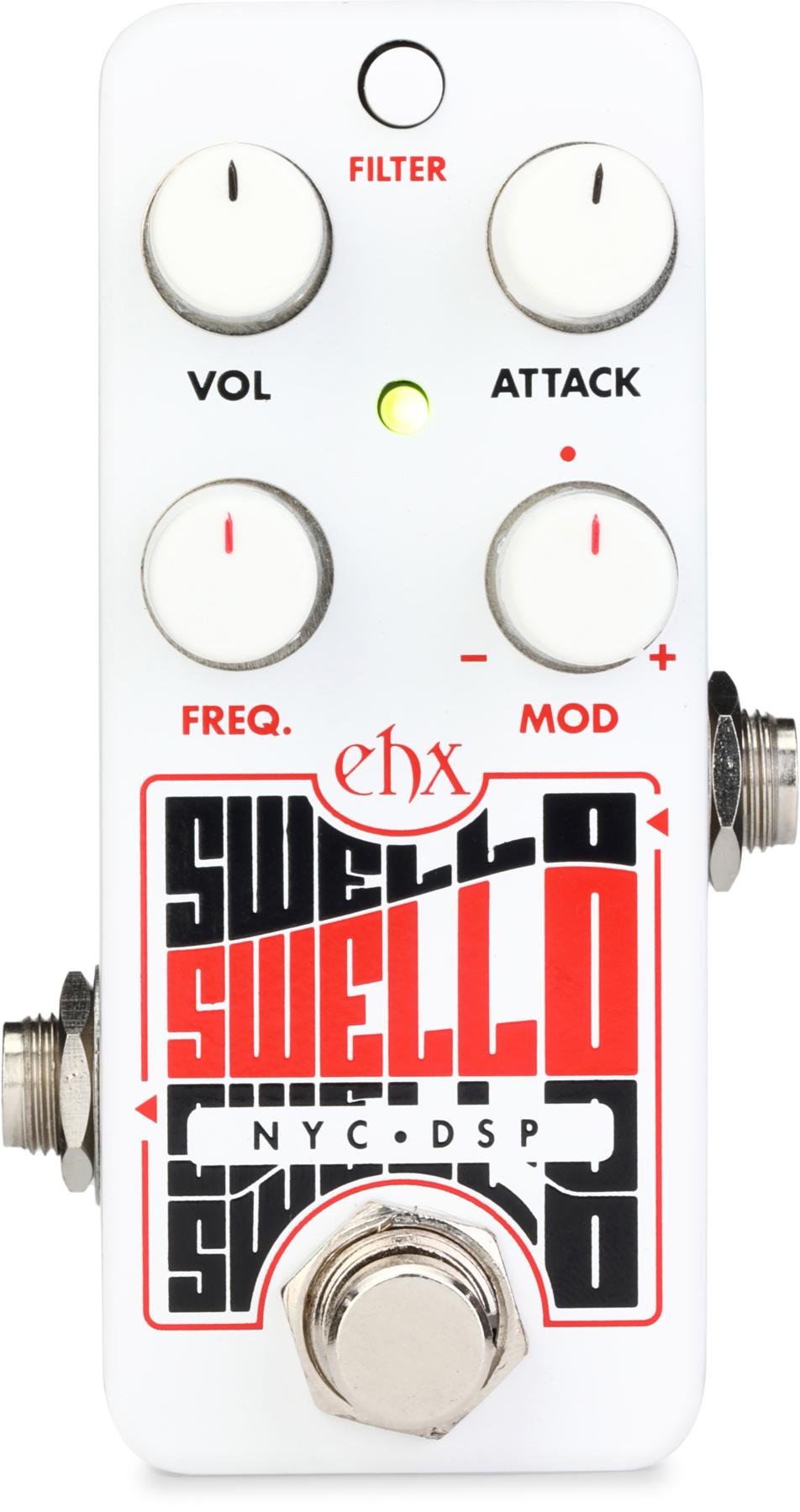| Click here to read this month's interview with Brad. |
The original guitar rig was built by Brad and his first tech, Zac Childs. It's gone through many configurations over the years, but the basis has stayed the same. Brad and I have taken it apart twice and I've done it at least three times on my own, but the latest version was assembled by David Friedman of Racksystems in Los Angeles. I had been having a lot of noise issues and David was able to correct them all and give us back a guitar rig anyone could be proud of.
The 'brain' of the rig is Digital Music's GCX and Ground Control system. I have two GCXs, giving me a total of 16 loops for both effects and amp outputs. Each loop has an ‘in’, ‘out’, ‘send’ and a ‘return’. David internally wired the 'ins and outs' of the GCXs in series so there's no need to jump from one loop to the next on the backside of the units. You only need to 'send' and 'return' to each of your effects pedals, which makes the view in the back of the rig a little cleaner with fewer cables in there.
We use a Shure UR4D wireless to start the chain, but unfortunately it doesn't have an internal combiner for its two channels, so I send them both into a 4-channel Shure mixer. This also allows me to make sure my wireless signal is equal to that of plugging a guitar with an instrument cable straight in. The mixer output hits the front end of GCX 1 and from here the effects begin.
There have been articles written about what Brad uses, but pedals and amps change in and out of this rig quite often—I'm confident that by the time this article goes up online, it will have changed again. The effects as of now are a Boss CS-2 compressor, Hermida Zen Drive, Keeley-modded Ibanez 808 Tube Screamer, Line 6 M13, Way Huge Aqua Puss, Boss DD-2, Empress Super Delay, Wampler Analog Echo and a Real McCoy Picture Wah. To further the possibilities, I can use any of the Empress’s eight delays in its single loop. I can also trigger any of the Line 6 M13's expansive modeling effects by assigning a midi channel in the Ground Control. All of the M13’s effects can be had while only using one loop in the GCX.
The last five loops are amp outputs, one with a Hermida Mosferatu in line so it only hits that amp. The amps (as of last Saturday night) were a handwired Vox AC30, Dr. Z Z-Wreck, Bruno Underground 30 and a Dr. Z Remedy. The fifth output is used only as a spare.
By using the Ground Control I can program any effect with any amp on any channel, and it keeps the signal path to a minimum. All of the loops in the GCX are true bypass so it helps keep noise down and also gives a truer guitar-amp tonality without a ‘processed’ overtone. 95% of the time when Brad is playing, you’re hearing a single pedal and a single amp. That’s all. And with the ability to switch amps like we do, I can either use an amp with a Tube Screamer in front of it or just dial up the Remedy. All of the tones that were created in the studio can be mimicked and effectively used live.
I’ll manage all of the effects and amp switching in a show from the stage area we call "guitar world," but Brad has a Ground Control at his feet on stage if he decides he wants to hear something different. On TV and at awards shows, you won’t see me but I’ll be laying on the floor behind the drum riser, hiding behind a piece of the set or truly being the ‘man behind the curtain’ doing the same thing.
Now that you have an understanding of the way the rig is set up, I'll be back next month to walk you through a frustrating grounding issue we encountered, and the fix I found.

















